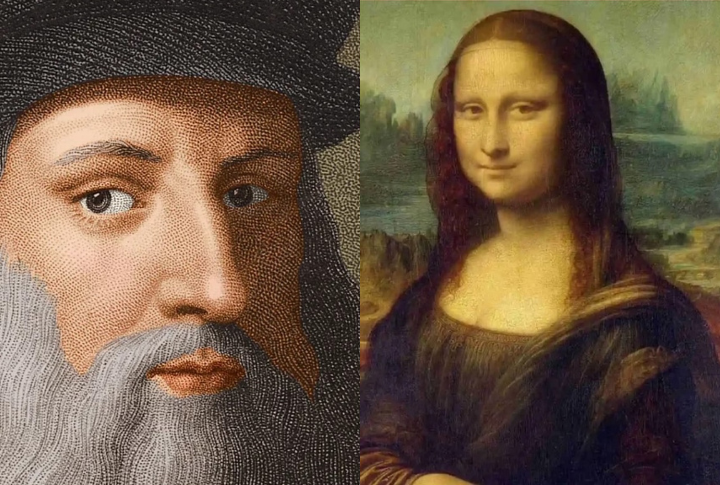
Leonardo da Vinci, the original Renaissance rockstar, was a jack-of-all-trades and a master of, well, a lot. This Italian polymath didn’t just dabble in painting and sculpture; he dived headfirst into architecture, science, music, math, engineering, literature, anatomy, geology, astronomy, botany, and even writing and history. Curious about the man behind the legendary Mona Lisa smile? Check out the ten mind-blowing details about Leonardo da Vinci.
Left-Handed Genius
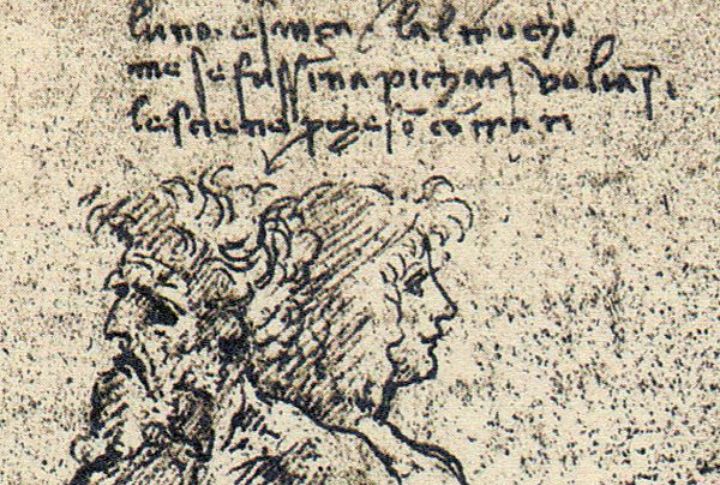
Da Vinci was a proud lefty, a trait that was often considered sinister or unlucky in his time. While he did write in a mirrored script, it was not exclusively right to left. He often wrote in a way that was easier for a left-handed person to avoid smudging the ink. His left-handedness also influenced his art, giving his paintings a distinctive touch that set them apart from his contemporaries.
Animal Lover and Vegetarian
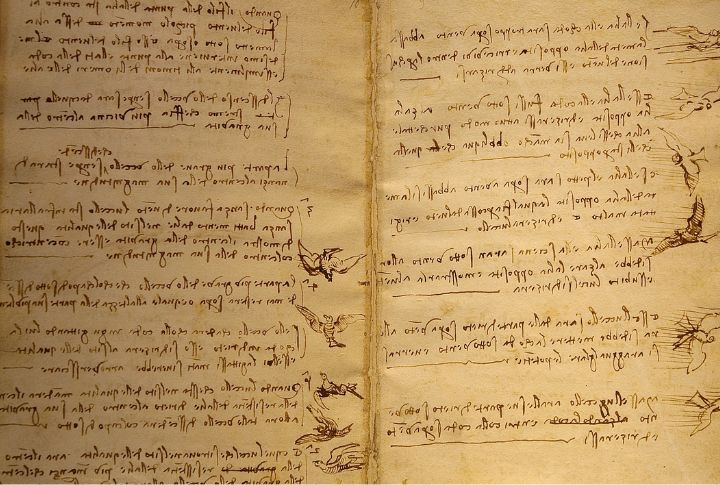
Leonardo’s love for animals went beyond mere admiration; he deeply empathized with all living creatures. Known for his compassionate nature, he would purchase caged birds just to set them free. His notebooks are filled with references to the ethical treatment of animals. While some suggest he may have practiced a form of vegetarianism, it is not definitively established that he adhered to this lifestyle throughout his life.
The First Flying Machines
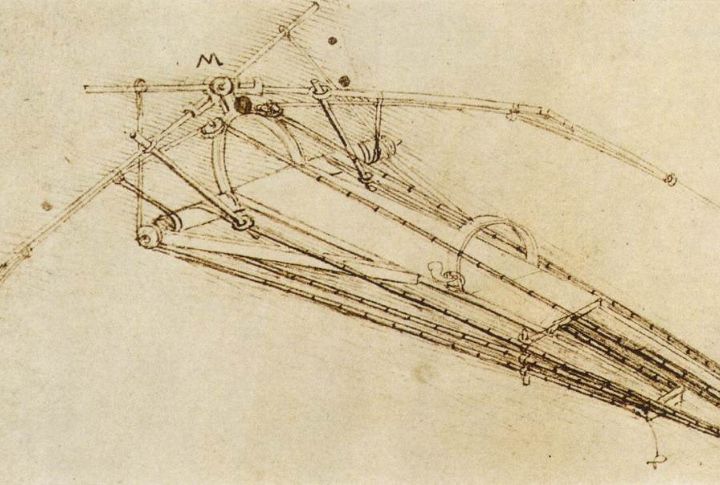
Long before the Wright brothers took to the skies, Leonardo sketched flying machine designs. His fascination with flight made him study birds’ anatomy and movement meticulously. He designed various contraptions, but none were built in his lifetime as they were conceptual and not functional prototypes. These visionary ideas, however, paved the way for future aviation breakthroughs.
Unfinished Works

Despite his immense talent, Leonardo had a notorious habit of leaving projects incomplete. The most famous example is the colossal bronze horse statue, Gran Cavallo, commissioned by the Duke of Milan. Regrettably, the project was halted due to the French invasion of Milan. This pattern of uncompleted works adds an air of mystery and “what could have been” to his legacy.
Da Vinci Is Not a Real Surname
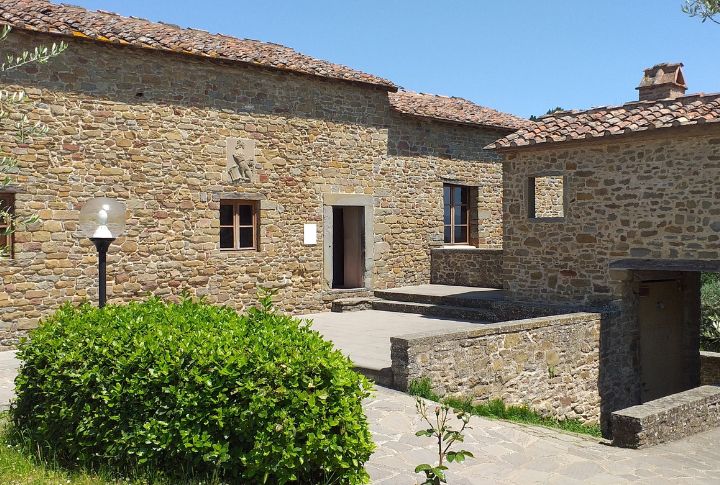
The name “da Vinci” might sound like a surname, but it actually means “from Vinci,” referring to Leonardo’s hometown. Born Leonardo di ser Piero da Vinci, his full name translates to “Leonardo, son of Piero from Vinci.” In the 15th century, it was not new for some Italians to use place names rather than surnames as identifiers.
Leonardo da Vinci Was Almost Executed

In 1476, when Da Vinci was 24, he and a few male friends faced arrest and were accused of sodomy, a grave charge in Renaissance Italy and a crime punishable by death at the time. Fortunately, the charges were dismissed after the prosecutors could not locate a witness to support their claims.
Dyslexia Theories

Some historians speculate that Leonardo had dyslexia, which would explain his unconventional methods. His ability to think in three dimensions and visualize complex concepts might have been a direct result of his unique cognitive processing. Dyslexia could have contributed to his extraordinary creativity, as he often approached problems from different angles than his peers.
Prolific Note-Taker
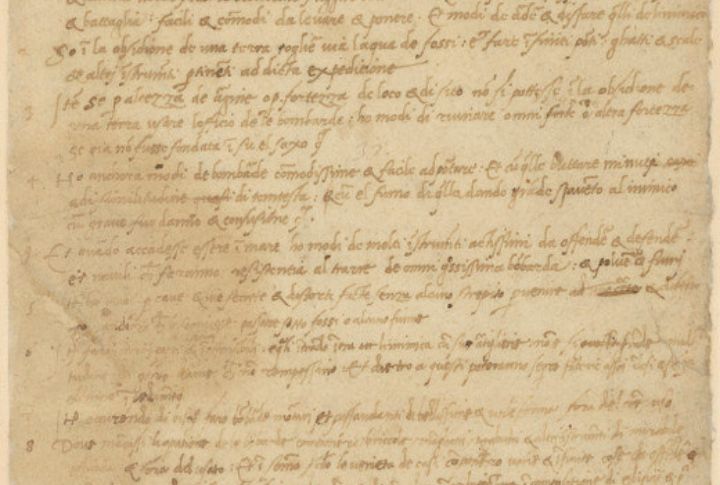
He filled over 13,000 pages with notes and sketches on topics ranging from anatomy to engineering. His notebooks, known as codices, reveal his relentless curiosity and innovative spirit. These pages offer a window into the mind of a genius constantly exploring new ideas and possibilities. The actual number of pages in his notebooks is still very much debated.
Musical Talent
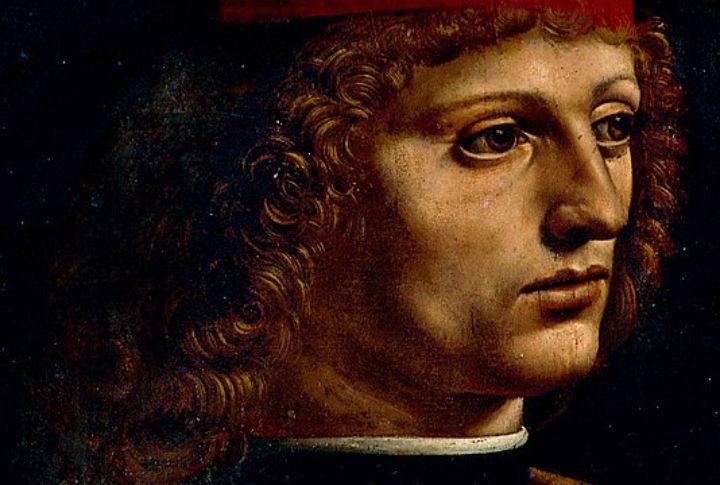
Leonardo wasn’t just a master of visual arts; he was also a talented musician. He played the lyre and composed music, often performing at the courts he frequented. His musical abilities were another attestation to his multifaceted genius. Music, for Da Vinci, was another form of expression and creativity that enriched his artistic endeavors and connected him to the cultural elite of his time.
Leonardo da Vinci Died of a Stroke
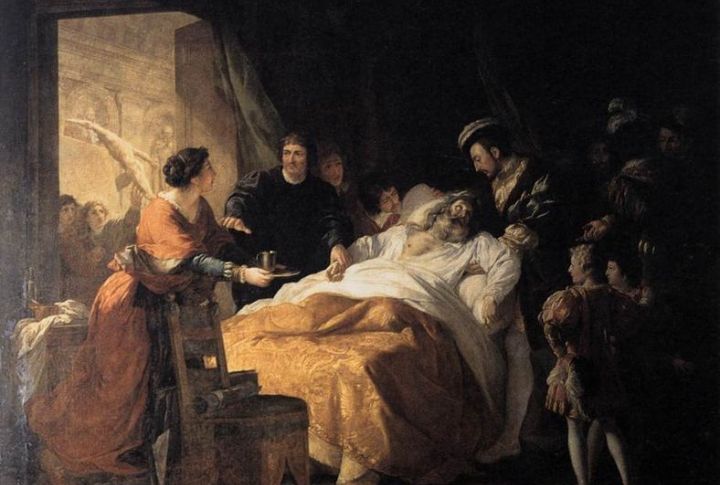
Leonardo da Vinci, who passed away on May 2, 1519, at 67, was believed to have died from a stroke. Up until his final moments, he remained dedicated to his scientific research. His assistant, Melzi, inherited his estate and became the primary executor, while Salai was entrusted with the “Mona Lisa.”

Comments
Loading…